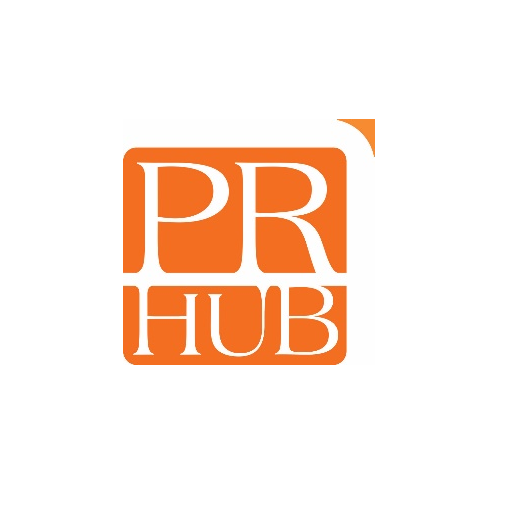PRHUB Integrated Marketing Communication Pvt Ltd 02 Nov 2016 // 2:15PM GMT

Early this decade, the words big data and analytics entered the PR industry’s lexicon and quickly rose to become buzzwords that one could not escape at every industry forum or the focus of thought leadership content. Measurement, on the other hand has been on the industry radar for very long, and despite the Barcelona Principles (AMEC), consensus on measurement metrics that work, and can be deployed on the ground quickly without major investments, still eludes the industry. A clear validation is the widespread use of AVE or more qualitative forms of it by many firms still, across markets. The challenge or issue is not that firms or its senior executives are not open to other measurement metrics or processes, but the lack of universal acceptance and ease of deployment is what is deterring most from attempting beyond AVE unless the client forces it. Not to mention the impact on the ability of the PR firms/industry to command attention at the highest levels of management in corporates and organizations across the world due to the inability to showcase the outcomes/results (versus output that all of us do). In this article, I would like to put forth reasons on how data/analytics driven PR will not only help us address the measurement challenge, but also how it can aid in our pursuit of getting a seat at the top (value challenge).
Data and analytics is not only for research and measurement
Of all the myriad articles I have read and researched, many often focus if not more, overwhelmingly on the application or relevance of the above two in research/understanding or campaign measurement. While it is true that data and analytics help in these areas, it would be a pity if the focus is restricted to these areas. For the larger impact is on areas in between both ends – in the area of messaging development, selection of channels and tools, audience selection for targeting and campaign management among others.
Data/analytics enable better input and more accurate/effective targeting
Most of us in the industry have always looked at the output end when it comes to measurement. While we are masters at content, messaging, and choosing the medium, what has happened with the plethora of channels and tools available today is that we cannot just rely on experience and intuition to make that call rightly. That is where data and analytics come in handy. Instead of just relying on the client information and media/channel interest to guide the message and related aspects, we can now sift through data and analytics to be able to actually advice the client. Not just on the content and shape of the message, but who the target audience should be, what format will be appropriate (vlogs, interactive infographics, authored article placement, influencer chat etc.), the timing of the broadcast or delivery, the context in which it has to be done etc. Now, it can’t get more interesting than this. With marketing and PR converging and the fine line becoming even thinner than it was a few years back, much of what I said in the previous line is exactly the language a marketer appreciates. With insights gleaned of the audience/their preferences from analyzing the humongous data available to most organizations today, we can identify what messages the audience are likely to respond better to, not just making the message better but even the targeting more accurate. As coders will tell you – better quality inputs always lead to better quality outputs. This means that our own traditional output becomes even better and more effective. Most importantly measurable, aided by data and analytics being used right across the process. Use of data and analytics also impacts the value of our core offering/expertise today. It is by now proven that there is more residual value to coverage driven by data since it becomes of larger interest. Also, journalists, are likely to come back for more if they know and see you as a reliable and readily available source of data.
Data and analytics driven PR will accelerate the push towards automation
Where will the hassled PR professional in agencies find the time to dive through mountains of data, glean insights and on top of it plough through tools to gain audience behavior patterns and preferences? Be it agencies or clients, we cannot keep hiring newer resources other than one or two specialists who will lead data and analytics into our rolls. On the other hand, if it becomes important, it forces us to make a choice. To invest in automating parts of our business that needs to be automated like creating media lists, tracking stories, basic analysis, campaign reports etc. Are we not better off spending more time on high value tasks which help make the campaign better and its results more effective?
Data/analytics driven PR is not rocket science
Let me add a quick caveat. It is not just about google analytics or other simple web analytics tools either, though they are good to start with. Let us look at the various sources where we can gain invaluable data. The boring press clippings are a great source to analyze and look for insights to start with. Then comes analysis of what competitors have done through the tracking tools we all subscribe to for our clients, social listening that tell us what our audience is liking and not liking besides the why?, website analytics and many more. Today, fortunately one has easy to use and “affordable” tools for most of these tasks. These tools also help us take what we do closer to science, from what were not too long ago largely heuristic tasks. Also, building on the premise that one needs to go beyond measurement, what social listening tools with in-built analytics or more sophisticated web analytics tools will do is to help you measure the qualitative beyond the quantitative. For example engagement levels are a key criteria which does not measure how many, but what, and how much of the audience did what with the communication shared. With increasing prevalence of content broadcasting (paid), these tools also allow us to increase the volume, frequency, caliber and contexuality of the content that we created on behalf of the client or even the coverage we have attained for the client. For example, recently, when for a start-up client of ours, we used broadcasting on social channels to amplify a major coverage in the world’s leading business daily, the response was tremendous. They received 3 calls from potential investors including a marquee one and over 200 responses to the company’s founder directly. Instead of peddling vanity metrics like the reach of the coverage which is still relevant, we can pack more punch by adding actionable metrics like investor calls, level of direct audience engagement etc.
Having said all of this, it is time we ditch our long held disregard for data or limiting it to showcasing a story we want to tell or sell. We also need to let go of our sensitivity to data that works against us or is negative. The day is not far off when clients and market dynamics will pile pressure on agencies to embrace and re-engineer their core processes around data and analytics. Let us also be clear that it is not all about measurement and in fact goes beyond measurement. PR would do well to get on this bandwagon now rather than later. As they say, better late than never!
------------------------------------------------------------------------------------------------------------------------------
Xavier Prabhu, the author of this article is Founder & Managing Director, PRHUB, one of India’s leading independent full service PR firms that has embraced the “New PR” value proposition and has built multiple specialized capabilities in-house. He can be reached at [email protected]


































.jpg)












